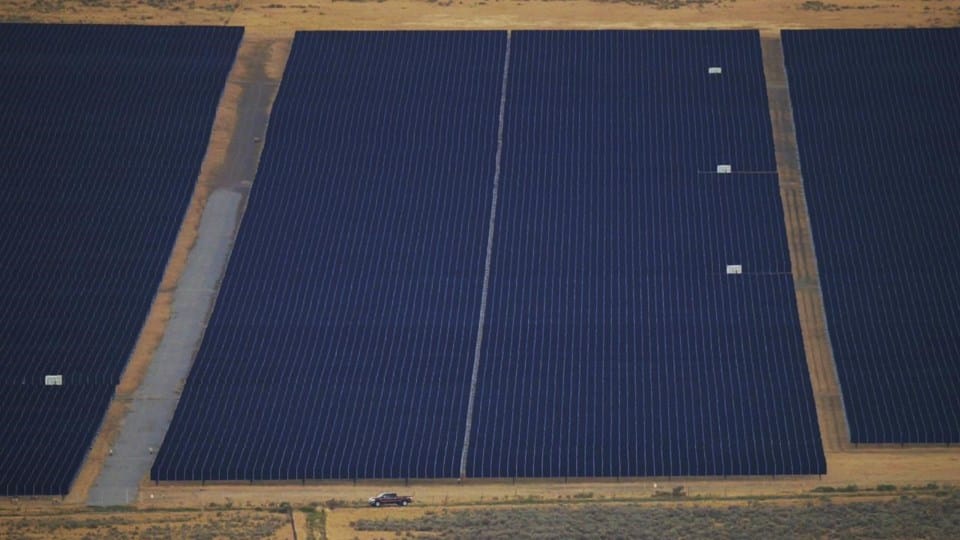In a landmark moment, electricity generated from renewable sources surpassed coal and nuclear generation in the United States for the first time in 2022, according to the U.S. Energy Information Administration (EIA). The growth in wind and solar energy significantly contributed to this achievement, accounting for 14% of the domestic electricity production in 2022.
Stephen Porder, a professor of ecology and assistant provost for sustainability at Brown University, stated that crossing this threshold is only a step in what needs to be a rapid and cost-effective journey towards cleaner energy. California led the nation in utility-scale solar electricity production, providing 26%, followed by Texas with 16% and North Carolina with 8%. Texas also topped the list for wind generation, contributing 26% of the US total, with Iowa (10%) and Oklahoma (9%) trailing behind.
The remarkable growth in renewable energy is primarily driven by economics, according to Gregory Wetstone, president and CEO of the American Council on Renewable Energy. Over the past decade, the levelized cost of wind energy declined by 70%, while solar power saw an even more impressive 90% reduction. Wetstone added that renewable energy is now the most affordable source of new electricity in much of the country.
The EIA projects that wind and solar shares in the US electricity generation mix will continue to increase from 2022 to 2023. However, challenges lie ahead, particularly with integrating renewable energy into existing power grids designed for consistent energy sources. Engineers and policymakers will need to address these challenges by focusing on battery storage, long-distance transmission, and other solutions, Porder said.

Despite the progress, the US remains heavily reliant on climate-changing fossil fuels. Coal-fired generation accounted for 20% of the electric sector in 2022, with natural gas being the largest electricity source at 39%. The Inflation Reduction Act (IRA) has influenced the number of renewable energy projects coming online in 2022 and is expected to have a significant impact on accelerating clean energy initiatives.
Source: coastreporter.net




